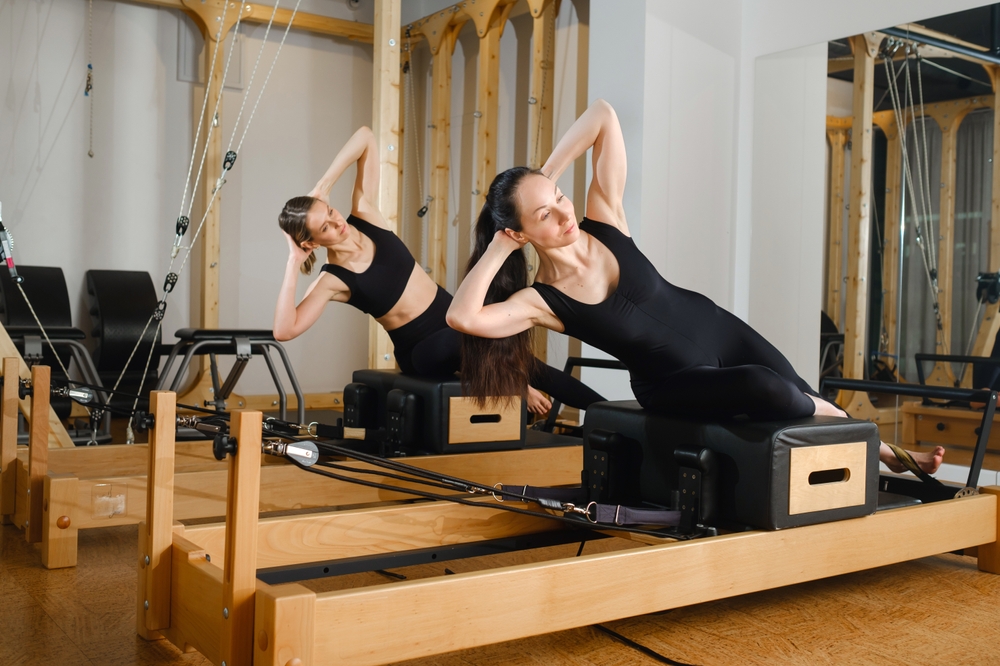How 3D Technology Is Changing Device Customization
Advances in 3D scanning, modeling and printing are reshaping how assistive devices are made, enabling personalized fits, lighter materials and faster iteration. This article examines how these technologies affect mobility, limb fittings, rehabilitation workflows, orthotics and bionics across populations including pediatrics and sports users.

This article is for informational purposes only and should not be considered medical advice. Please consult a qualified healthcare professional for personalized guidance and treatment.
Improving mobility with 3D methods
Three-dimensional scanning and printing are changing mobility by enabling devices that match a user’s anatomy more precisely than traditional sockets or off-the-shelf attachments. Custom scanning captures limb geometry and alignment data, which designers use to generate socket shapes or component housings that reduce pressure points and improve gait. For users, that means potential gains in stability and endurance: better load distribution and reduced chafing can translate to more comfortable day-to-day mobility and fewer adjustments during rehabilitation.
Custom fit for limb shape and comfort
Fit and comfort are primary goals when customizing a limb or hand. 3D workflows let clinicians and technicians tailor internal contours, add soft interfaces, and vary wall thickness to balance support and cushioning. Materials selection works alongside digital design: flexible elastomers can be printed for liners while stiffer polymers provide structural support. Iterative prototyping is faster with 3D printing, so small refinements to improve comfort and pressure relief are economical, often reducing the time between initial fitting and a usable device.
Rehabilitation, maintenance, and durability considerations
Integration of 3D parts affects rehabilitation plans and ongoing maintenance. Printed components can be replaced or adjusted without full device replacement, supporting progressive rehab goals. Durability depends on design and materials: reinforced geometries, composite inserts, or post-processing can increase lifespan. Regular maintenance remains important—users and clinicians should monitor wear areas, connectors and moving parts. Knowing which components are printed versus traditional helps teams plan spare parts and anticipate service intervals.
Orthotics, bionics and material choices
The overlap between orthotics and bionics grows with additive manufacturing. 3D printing supports complex lattices, graded stiffness and embedded channels for electronics, expanding options for orthotics and bionic shells. Material choices matter: nylons and carbon-filled polymers offer strength and wear resistance, while TPU and silicone-like materials deliver flexibility for comfort zones. Designers balance weight, durability and the ability to integrate sensors or actuators for bionic control, creating hybrid devices that meet functional and lifestyle needs.
Accessibility for pediatrics and sports applications
Pediatrics and sports present distinct customization demands. Children require frequent resizing as they grow; 3D scanning plus modular printing reduces lead time and cost for new sockets or cosmetic covers. Athletes need lightweight, impact-resistant parts and sport-specific interfaces—3D-printed components can be tailored for cycling, running or water sports with integrated mounts or aerodynamic shapes. Accessibility improves when local services can scan and produce parts quickly, cutting travel and wait times for families and active users.
Many consumers and clinics ask how much custom 3D-printed devices actually cost in practice. Prices vary with the device complexity, level of bionic components, materials, and whether a provider includes fitting and follow-up services. Below are representative providers and estimated price ranges to illustrate the landscape; these figures reflect publicly available ranges and typical benchmarks rather than precise quotes.
| Product/Service | Provider | Cost Estimation |
|---|---|---|
| Myoelectric/3D-printed limb (TrueLimb) | Unlimited Tomorrow | $6,000–$12,000 |
| Modular bionic arm (Hero Arm) | Open Bionics | $3,000–$7,000 |
| Community 3D-printed hand (basic) | E-NABLE (volunteer network) | $50–$500 (materials/labor) |
| Custom sockets and components (advanced) | Össur (custom solutions) | $5,000–$25,000 |
Prices, rates, or cost estimates mentioned in this article are based on the latest available information but may change over time. Independent research is advised before making financial decisions.
Conclusion
3D technologies are expanding options for device customization across mobility, limb fitting, orthotics and bionics. Faster prototyping, anatomical scanning and diverse materials enable better fit, targeted comfort and application-specific designs for pediatrics and sports. Cost and durability vary by provider and material choices, and clinical guidance remains essential to select and maintain devices that support rehabilitation goals and everyday function.





